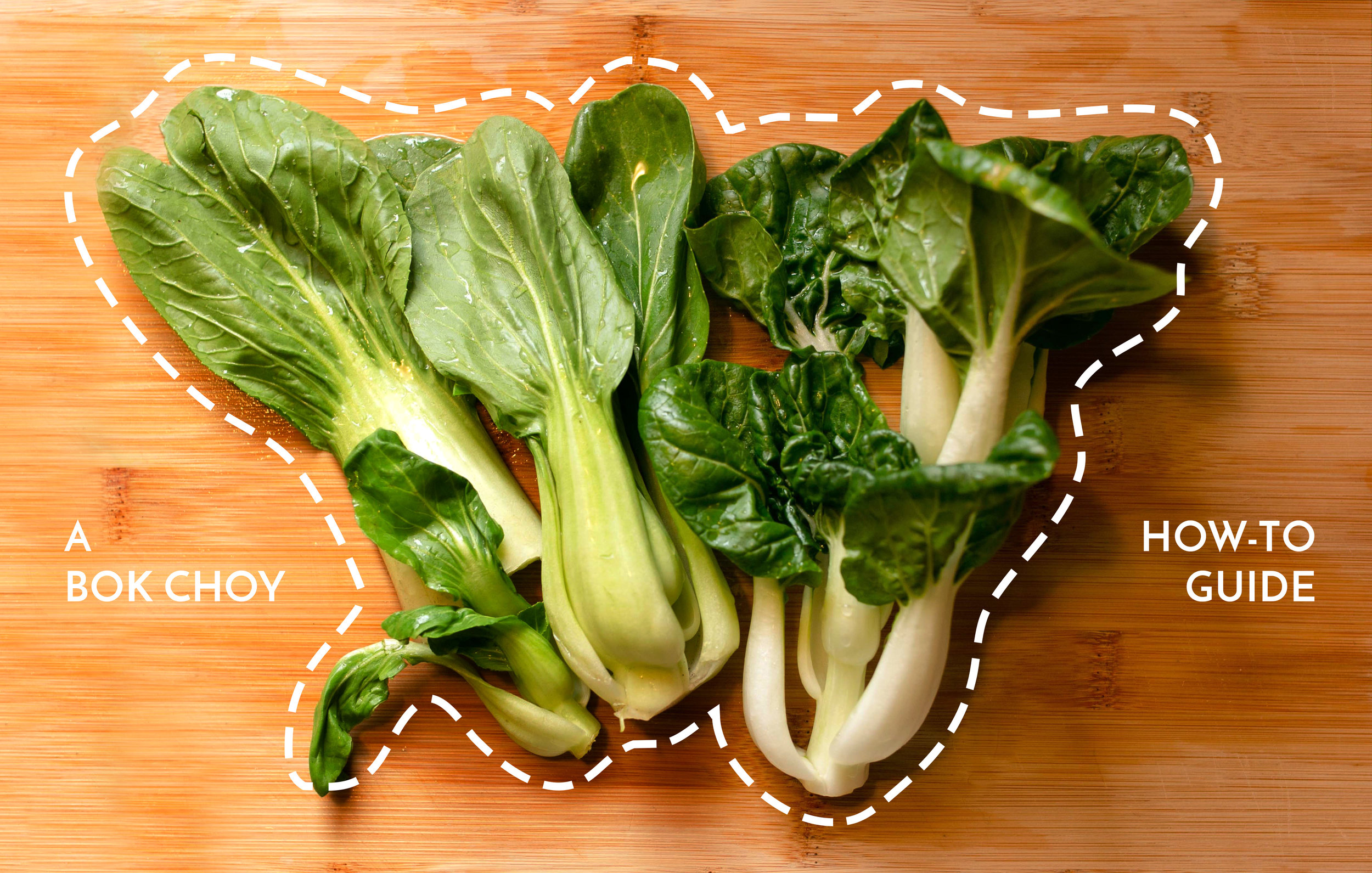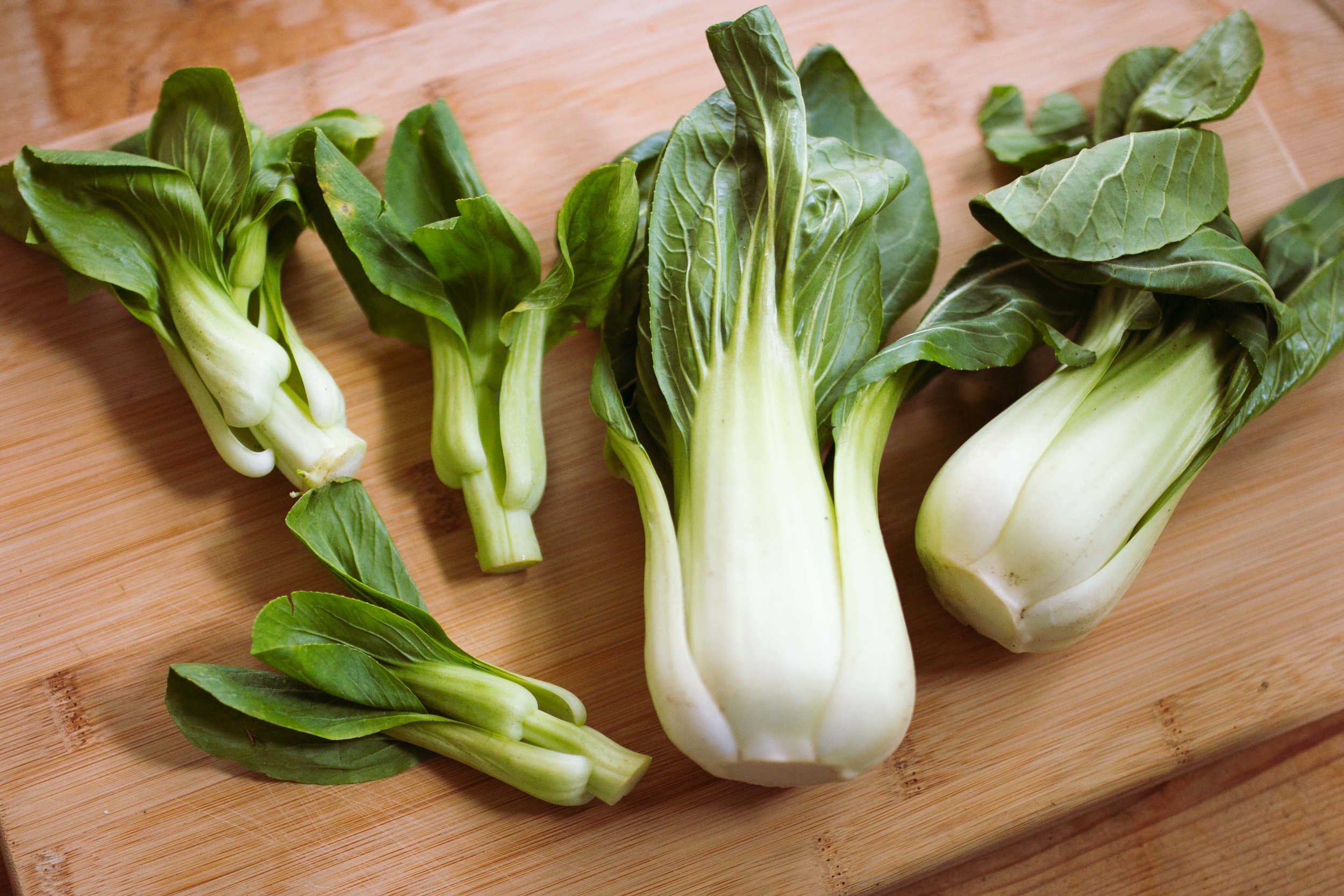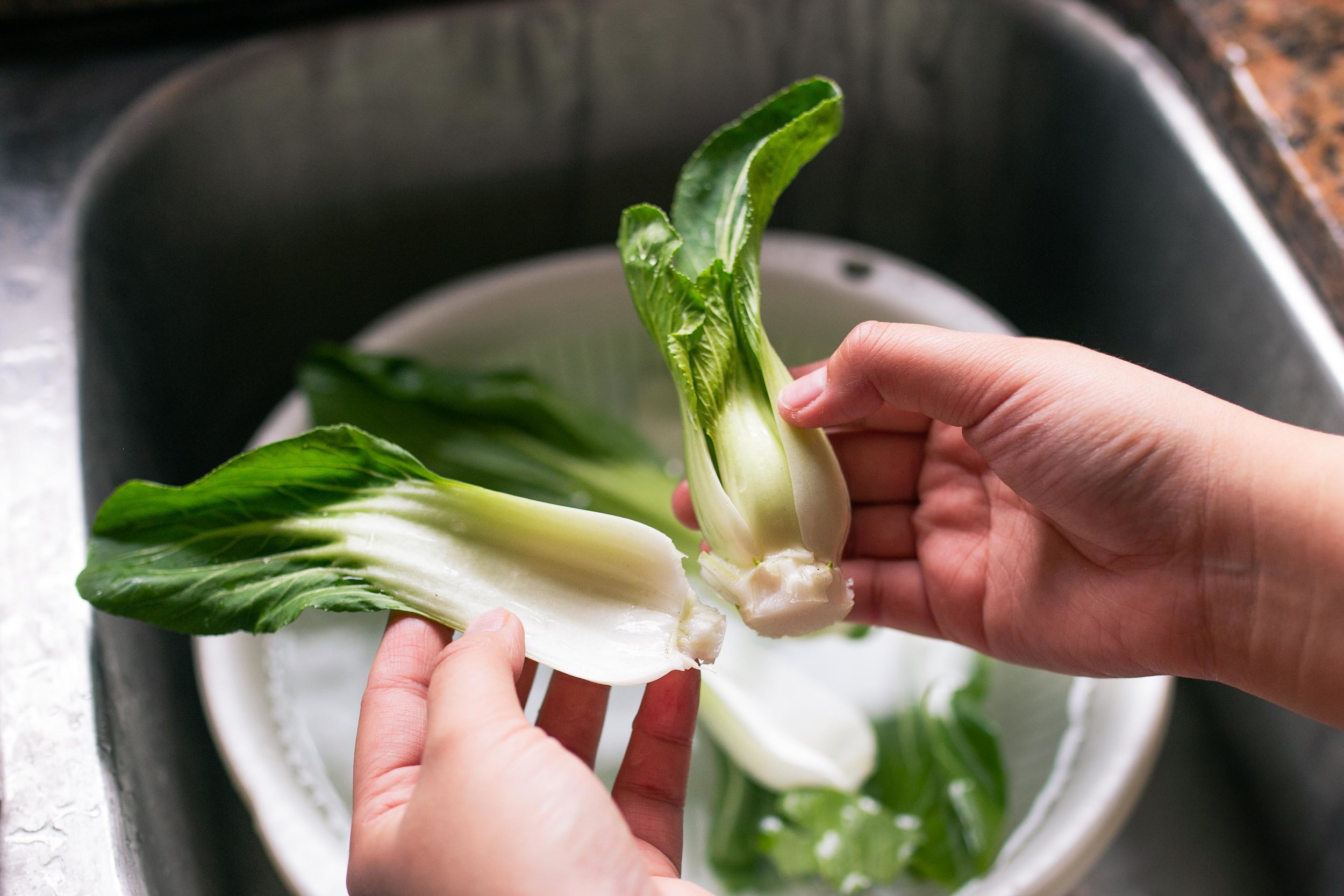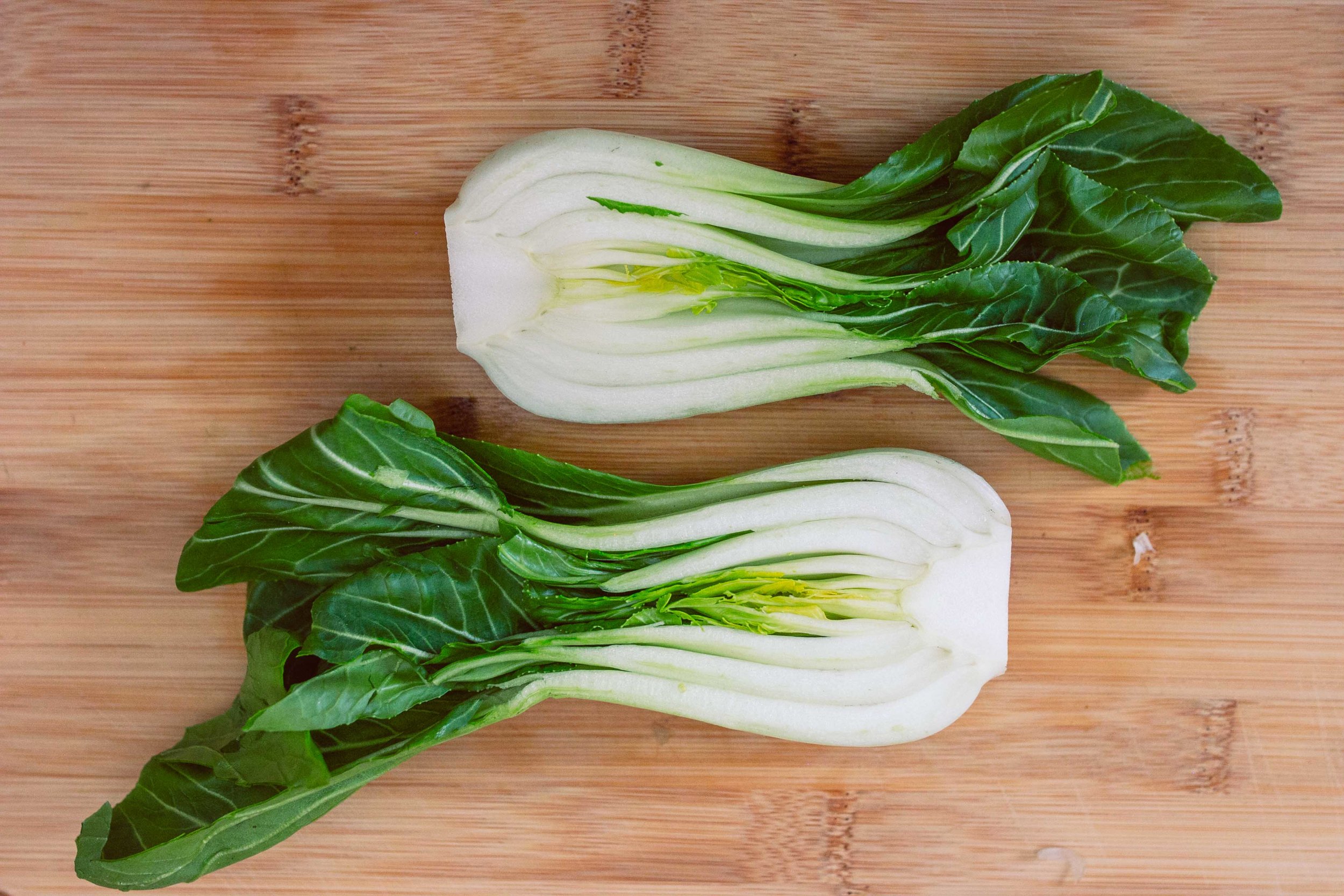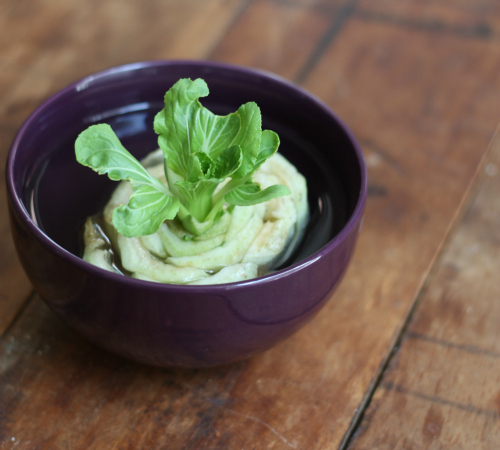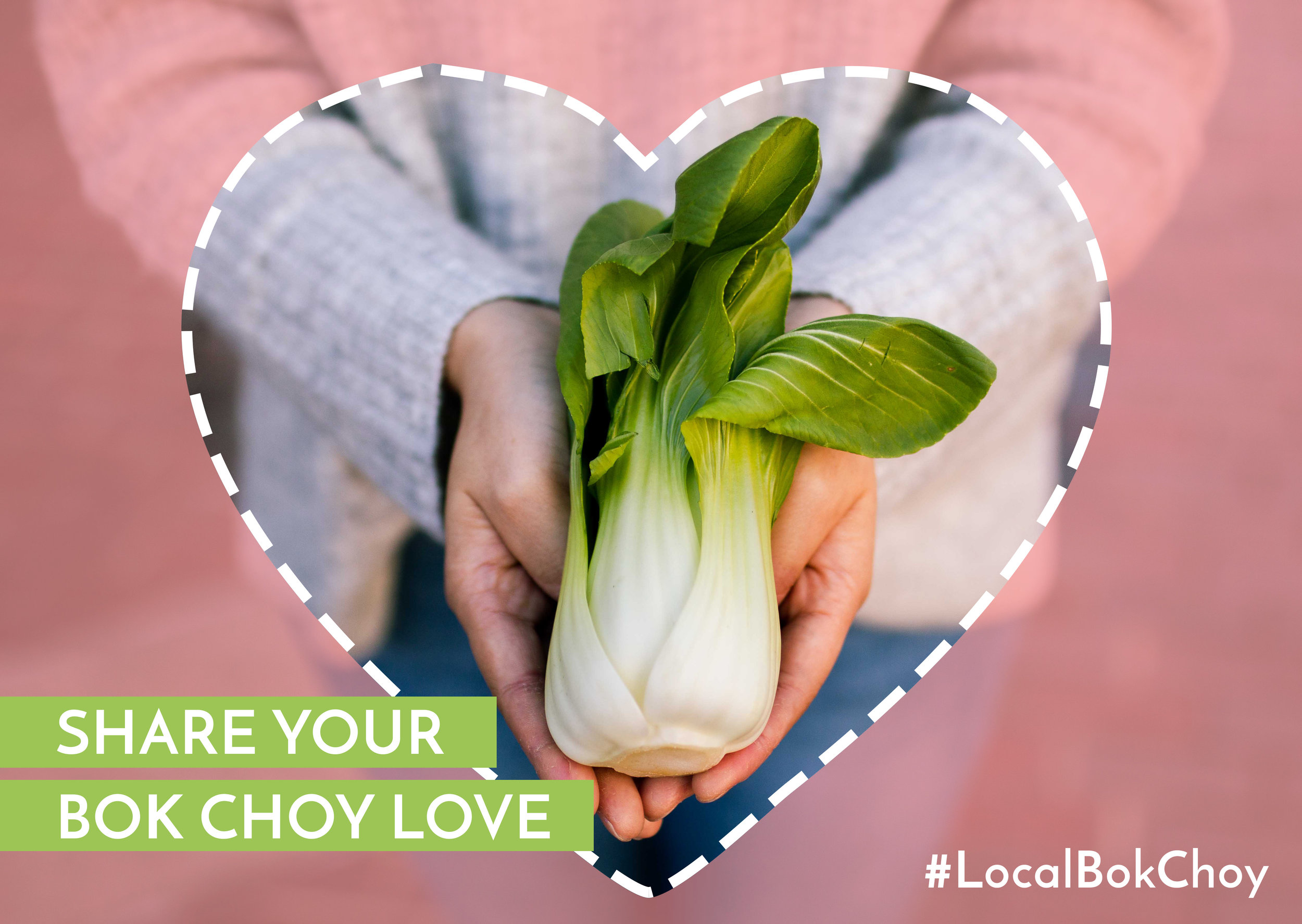A Bok Choy How-To Guide
After reading our previous blog post, Bok Choy: The Better CHOY-ce, you’re probably looking to see how to incorporate Bok Choy into your daily diet.
Well, here’s some How To’s for Bok Choy to get you started!
HOW-TO: Shop for Bok Choy
Bok Choy is fairly common in Asian and general supermarkets. There’s been an increase of Asian Produce being sold at general supermarkets, Bok Choy being one of the first few! There are also quite a few Farmer’s Markets that sell Bok Choy as well, so if you can buy from your local Farmer’s Markets, please do so. All Bok Choy pictured in this blog post, if not otherwise noted, are from Food Roots’ network of Farmers of Color. Shopping at local Farmer’s Markets is a great way to ensure that your produce is fresh and grown with local & sustainable practices.
When shopping for Bok Choy, look for:
Smooth, Crisp, an Green Stalks
Green leaves
Watch out for yellow spots on leaves.
There are a few varieties of Bok Choy, as mentioned in our previous post:
Green Stem w/ Smooth Leaves
LEFT: Baby Bok Choy (Shanghai)
RIGHT: Mature Bok Choy (Shanghai)
White Stem w/ Textured Leaves
Baby Bok Choy (pictured)
Mature Baby Bok Choy (not-pictured)
HOW-TO: Wash Bok Choy
Now that you bought some Bok Choy, it’s time to wash it! If you don’t need the Bok Choy to stay whole, we recommend you cut off the ends and wash each stalk + leaf individually. A simple rinse of water and rubbing will do. The dirt usually collects at the bottom in the crevices of the stalks, so cutting the ends off helps make them more accessible to clean.
You can also rip the stalks off, if you don’t feel like cutting them. But you will eventually have to cut them when you reach the mini bulb inside. All of Bok Choy is edible, so once you get to that point, you can chop up the stem and the bulb.
If you want to keep the whole bok choy intact, we recommend using your fingers and opening the stalks so the water can reach it. If you have a jetstream option on your faucet, that will be very helpful in getting out any dirt too. You can also cut the Bok Choy in half, which makes it easier to access and wash the crevices. Soaking the Bok Choy in a bowl of water and rubbing off the dirt is also a great method and conserves water!
HOW-TO: Cut Bok Choy
Cutting and washing the Bok Choy is very related. Depending on how you want to cut the Bok Choy can affect how you wash it. You can peel/rip, cut the ends off, chop, or halve them.
After you cutting and washing can happen in tandem because as you cut you will be able to access more of the Bok Choy to wash.
Here are some ways you can cut Bok Choy
(Cutting off the ends - good for soups, stir fry)
(Cutting in half horizontally - good for soups, stir fry, salads)
(Chopping - good for salads, blending, stir fry)
(Cutting in half vertically - good for roasting, braising)
(No Cutting - good for roasting, braising)
(No Cutting - good for roasting, braising)
HOW-TO: Cook Bok Choy
Bok Choy is very versatile vegetable and really easy to cook. You can eat Bok Choy cooked or raw! This makes for some really fun and interesting recipes for Bok Choy.
Here are just some different Bok Choy cooking methods with a sample recipe from various cooking websites:
Blend
Boil
Braise
Pickled
Raw/Salad
Roast
Slow Cooker
Steam
Stir fry
HOW-TO: Store Bok Choy
After you have washed and use the Bok Choy that you needed, you can store leftover, uncooked Bok Choy in a plastic bag in the refrigerator. Keep Bok Choy stored with other vegetables.
TIP: Make sure the that the Bok Choy is dry before storing in the fridge.
HOW-TO: Regrow Bok Choy
If you are interested in growing your own Bok Choy, you can do so with the leftover ends of the stalk!
Photo Credit: 17 Apart
Cut off 1-2inches of the bottom stem, around where the stem branches into leaves.
Place the Bok Choy in a bowl of warm water with the cut side facing up. Set the bowl by a sunny location.
Change the water every 1-2 days, keeping the center moist.
After a 7-10 days or when the center displays leafy new growth, the center will have begun to grow and gradually turn pale green to darker green. Transfer the Bok Choy into a pot filled with potting mix. Plant the Bok Choy so only the tips of the new green leaves are sticking out.
Consistently water the Bok Choy, keeping the soil moist.
In 2-3 months, your new Bok Choy should be large enough to use!
You can use either the entire plant or carefully remove the outer part so the inner plant can continue to grow.
HOW-TO: Share your love for Bok Choy!
You are now well acquainted with Bok Choy and the yummy ways to eat it! Take pictures of the masterpieces you make with Bok Choy, or if you spot Bok Choy when you go eat out! Do you ever see Bok Choy in your local Farmer’s Market? We’d love to see how you are using or where you find Bok Choy!

